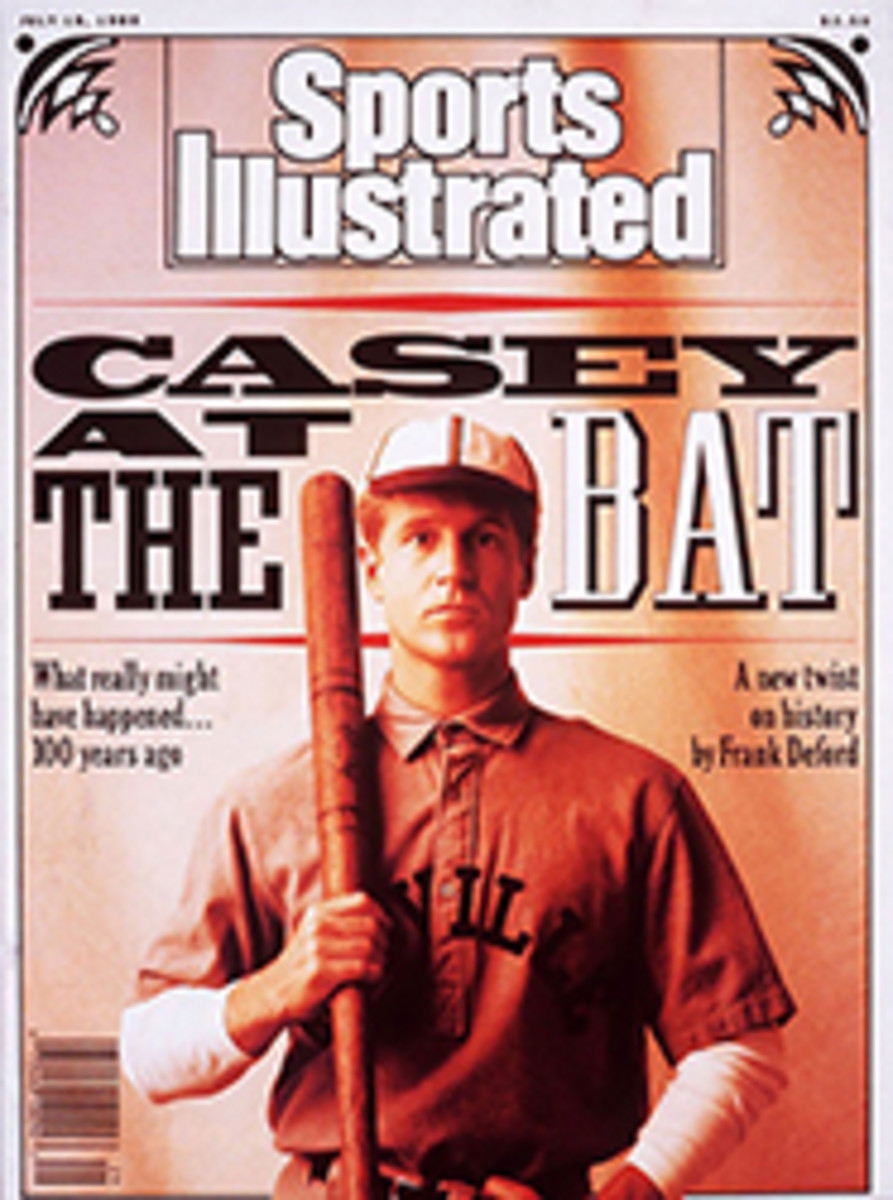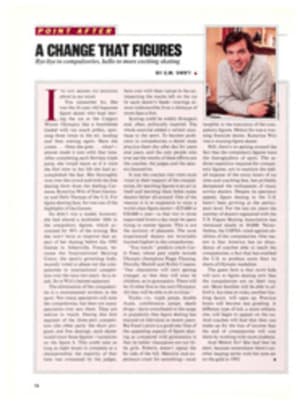
THE UNSERS: PORTRAIT OF A RACING FAMILY
It isn't very often that a family photo album turns up as a coffee-table book. But then the Unsers, the subject of Unser—An American Family Portrait (Anlon Press, $29.95), aren't your ordinary family. The notoriously hardheaded Unser clan is America's No. 1 auto-racing dynasty, and its story, told in hundreds of photos and brief accompanying text, is a book that belongs in every motor sports library because of its unique, intimate portrait of auto racing.
There are other noteworthy families in motor sports, of course, including the Andrettis and Pettys, but the Unsers are better photo-album material, if only because they have been so numerous. The book covers five generations of the family, though the first generation (Louis and Marie, who emigrated from Switzerland about a century ago) merely planted the seed, and the most recent generation has just sprouted. It's the three generations in the middle, 10 race-driving Unsers (two of whom died as the result of racing accidents), who fill most of the book's 256 glossy-stock pages.
Bobby and Al are the best known, with seven Indianapolis 500 wins between them. Al is the only driver other than A.J. Foyt to have earned four victories at the Brickyard. But Bobby and Al had a father (Jerry), two uncles (Joe and Louis) and twin brothers (Jerry and Louie) who also made significant marks in racing. Now both Bobby and Al have sons—Robby and Al Jr.—who are involved in Indy Car racing. Moreover, Bobby's older son, Bobby Jr., who spends most of his time selling real estate, will occasionally slide behind the wheel of a race car just to reassert his heritage.
Unser has a certain casual charm, especially in the captions, most of which are in the form of a quote provided by a family member, usually Bobby or Al. The book's author, veteran motor sports journalist Gordon Kirby, went through piles of old photographs with various members of the clan and faithfully transcribed their descriptions and recollections. Though the technique lends itself to redundancy and stream-of-consciousness wandering, in this case it works—probably better than if the pertinent information had been presented in a more polished manner because the captions provide the book's friendly tone. You feel as if the Unsers had invited you to go through the family scrapbook with them. For instance, an early '50s photo of Bobby standing beside a dirt-spattered coupe with a big number 58 painted on the side and JERRY UNSER MOTOR CO. lettered on the cutaway roof leads Bobby to observe: "This would have been the Chrysler-engined Super Modified car. It was my third race car. That was one of those cars that was just awesome. I just won all the races.... My Dad always had good cars for me."
Kirby uses an expression in the book, "driven by the Unser spirit," to describe the twins, Jerry, who was killed in an Indy crash in 1959, and young Louis, who changed his name to Louie to distinguish himself from his uncle Louis. It is this spirit, a sort of collective family personality combined with blunt perceptiveness, that is the moving force in Unser. Nowhere is it clearer than in this statement by Al Sr.: "Daddy was the toughest mule you could ever find. He would never give up, and he expected his sons to be the same way. He was a tough man to work for, but he taught you how to get the job done."
Though it comes through in the captions, the Unser spirit is largely missing in the text, which is highly statistical and not as insightful as it might be. The space might have been better used to get family members talking about their relationships with one another. That could have been very lively because the Unsers don't ordinarily pull any punches. Painfully absent is virtually any input from the many Unser wives—Bobby and Al have had nearly as many wives as they have Indy 500 victories. And the three sons—Bobby Jr., Robby and Al Jr., all bright and articulate—might have provided more understanding of what it means to be driven by the Unser spirit.
Still, the good parts of Unser are plentiful. A collection of sepia-toned photographs of people and race cars from the '20s and '30s is particularly evocative. One photo shows Jerry at the Pikes Peak Hill Climb, the annual event the family has ruled—the Unsers have 29 victories on the mountain—and where the Unser story begins and continues. You are drawn to the old photos the same way you would be if you had discovered forgotten pictures in someone's attic. What makes the experience even more enjoyable is that your curiosity is licensed. You were not just invited by the family to nose around the attic; you were given a tour.
Unser is a book well worth having if you are a race fan. The words don't add much new information, but the book as a whole paints a special picture.
PHOTO
JOHN IACONO
Al Jr. was Dad's pride and joy with his Meadowlands win in 1985.

